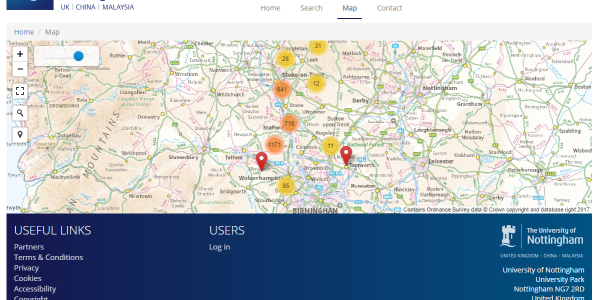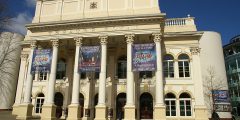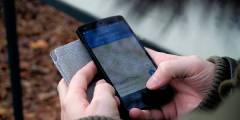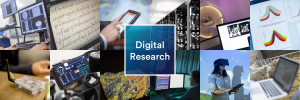Arts Digital Impact: Crowdsourcing Place-Names in Staffordshire
April 18, 2018
This is a guest blog by Jayne Carroll. Place-names are short texts – they can tell us all sorts of things about the people, landscape, and languages of the past. In England, most place-names are very old. Many of them were given by Anglo-Saxons as descriptive labels more than a thousand years ago. We …
Digital Innovation in Arts Impact
April 13, 2017
As Digital Research Manager, and previously as Digital Humanities Manager, I’ve been working with a number of digital Arts projects over the last few years. A lot of that work has been about helping researchers to use digital tools to enhance the process of doing research. For this case study, I plan to investigate a …
Digital Engagement (5): The Crowd and their Knowledge
March 10, 2017
The Crowd encompasses a range of different people with a wealth of experience, and this pool of experts are an untapped source of knowledge. Digital platforms can give them a voice and opportunity to share their ideas and solutions to complex problems. In fact, even the opinions across the entire crowd can be captured with feedback and …
Digital Engagement (4): The Crowd’s Resources
March 3, 2017
So far in this blog series we have explored the idea of using the crowd to analysis research data and also to provide their own data. For some types of research, the data the crowd provides may not be suitable or accurate enough e.g. a person’s description of a location (“Notts”) versus a GPS co-ordinate (52.9547832 …
Digital Engagement (3): The Crowd and Their Data
February 23, 2017
Researchers who study people typically collect data about their lives, practices, activities, attitudes and opinions. It can often be a challenge to find the best-matched participants with the right types of data; let alone in large numbers. By using Crowd Sourcing you can encourage ‘The Crowd’ to bring themselves and their data directly to you. …
Digital Engagement (2): The Crowd as Sensors
February 17, 2017
Sometimes in research there are data analysis tasks that are too complicated for computers to manage, but are surprisingly simple for humans to do. This is the basis for Citizen Science, an approach which uses digital platforms to recruit a target audience (‘The Crowd’) to help analyse and classify research data which cannot be automated by …
Digital Technologies: changing the way research is undertaken through Crowd Sourcing
February 7, 2017
Enhance the connectivity of research Digital technologies are driving changes in the way research is undertaken. An example is the use of Crowd Sourcing. This is as a powerful way to harness contributions from large groups of people. They might contribute ideas or undertake specific task. One popular platform for people-powered research is Zooniverse (www.zooniverse.org). …








